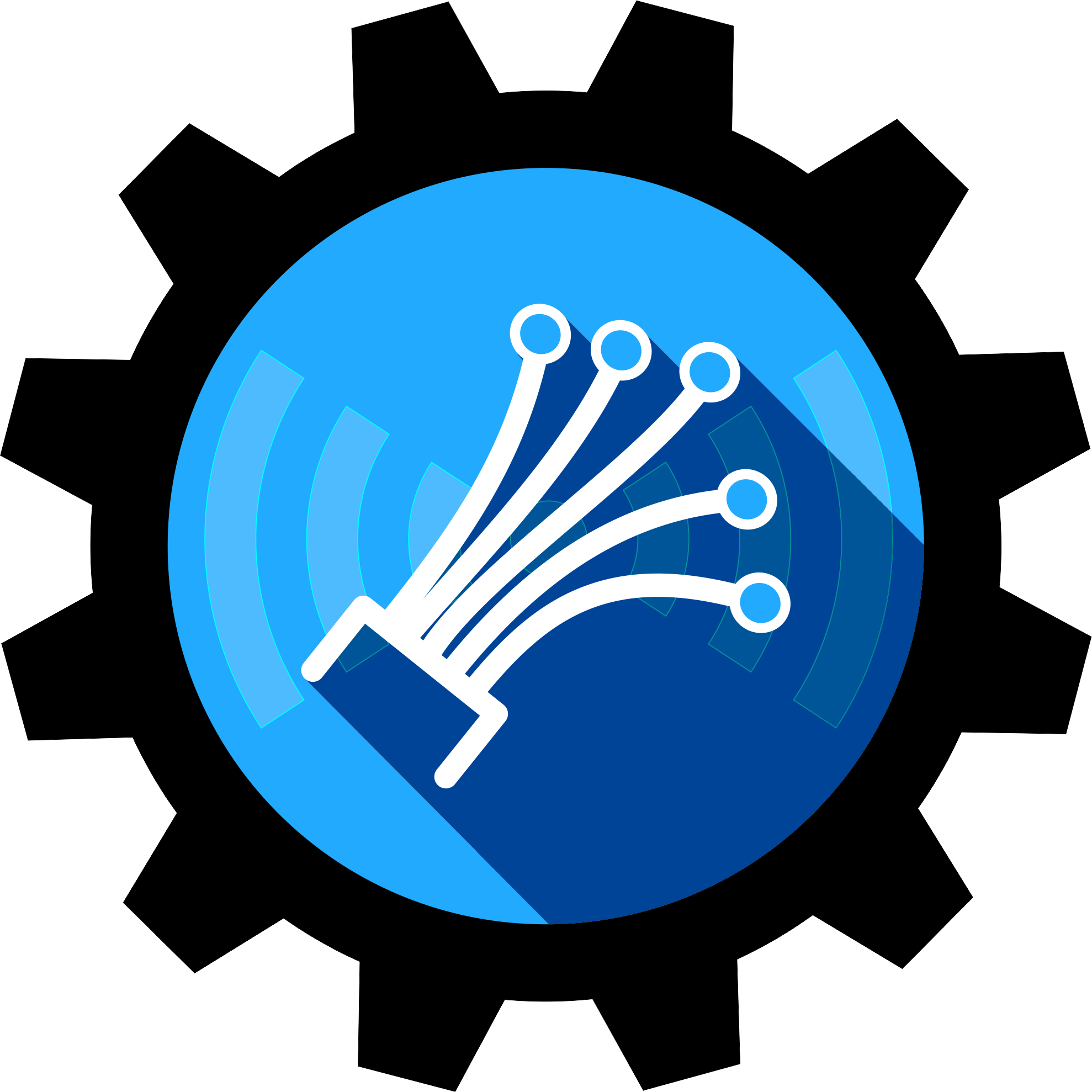
With furloughed workers and people working from home, the UK residential broadband networks have been put under continued strain for the past 5 weeks and users are starting to feel like their broadband speeds are slowing down.
Why so slow?
Most residential broadband connections are sharing bandwidth between several homes, it’s difficult to find accurate contention ratio data, but a few years back it was typical that residential connections had a contention of 50:1, what that means is that 50 homes could share a single connection to the internet.
Businesses often had 20:1 contention ratios, meaning that each business on the connection could share the bandwidth with up to 19 other businesses.
During normal use, this is not an issue. Through the day the bulk of internet traffic is on the businesses networks, and from 5pm onward the trend swinging to mostly residential connections.
During the lockdown, this trend has obviously changed. Many many more users are vying for bandwidth over the residential connections during the day.
Getting the most out of your internet.
There’s not much you can do in the short term to address the speed of your broadband. Longer term you could look at changing provider or moving to a less contented connection, or one with guaranteed minimum speeds.
But here are some tips to making the most of the speed you’ve got.
Go Lite
Us lite modes on your device or browser or apps that support it.
Some mobile phones and tablets have a Data Saver mode to reduce the amount of data apps can access in the background, Windows 10 has a similar feature under Data Mode.
Set your browser to a lite mode, Chrome, Opera, Firefox and Edge all have data saving modes, designed to reduce and compress the amount of data needed to load a webpage.
While you’re at it, using plugins like The Great Suspender will put tabs that you’re not using into a sleep mode to prevent them automatically refreshing and downloading data in the background.
More and more smartphone and tablet apps now have features to reduce the amount of data needed to work by reducing the quality of graphics, video or sound, or suspending some features while working in a lite mode, check your apps settings for details.
Some apps, like Facebook, Twitter and Instagram, can be removed or disabled, and you can use the web based version of the app instead. Most (if not all) of the features you use are available via the web version, all without the background updates.
IoT
Smart home devices like lights, switches, TV’s Security Cameras and personal assistants are everywhere, and most of them will be connected to your WiFi and may be sending and receiving data in the background.
Disconnect them from the WiFi if there is a setting to do that, or turn the power off to them while you’re working to stop them using up you valuable internet speed. Once you’ve finished work, you can turn them back on or reconnect them.
Same goes for any tablets or smartphones you’re not using, set them to airplane mode to disconnect them from the WiFi while you’re working.
Go 4G (or 5G)
If you’ve got a massive or unlimited mobile data allowance, and a reasonable enough signal, use that instead of your home WiFi.
Look for the Mobile Hotspot or WiFi or the Tethering settings in your phone to turn it into a WiFi point you can connect to.
Drop the bitrate
If you’re streaming video, use the streaming apps settings to reduce the bitrate or resolution, it’s easier to watch a smooth playing though slightly less HD movie than it is to watch a 4K movie that stutters and buffers every few minutes.
If you’re in a video conference call, opt to go audio only, if you’re still having issues, see if there’s an option to dial in on the telephone.

#WeCanHelp
If you need help making your broadband speeds better, or getting your workforce running securely from home, give us a call toady.